To The Extreme
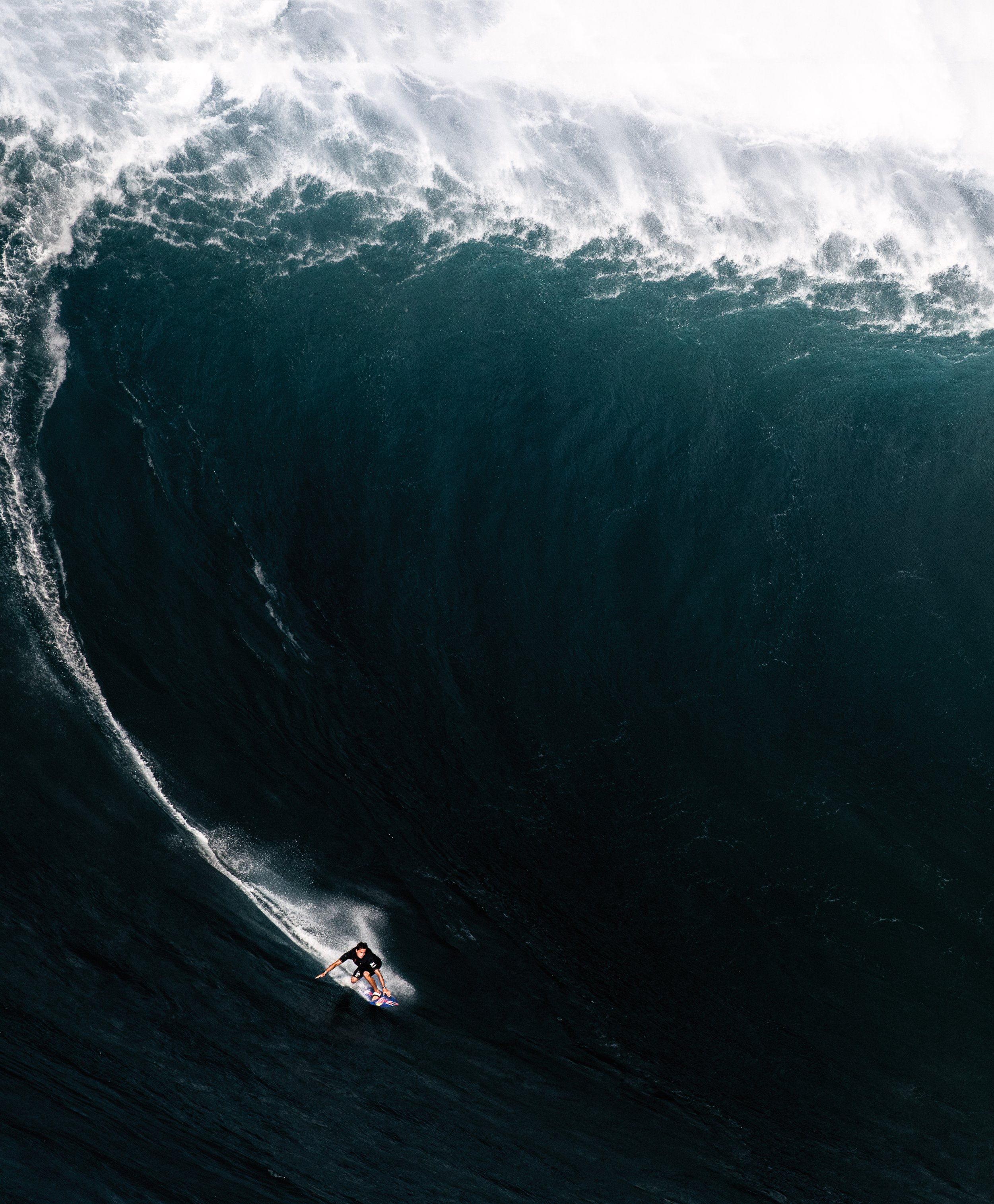
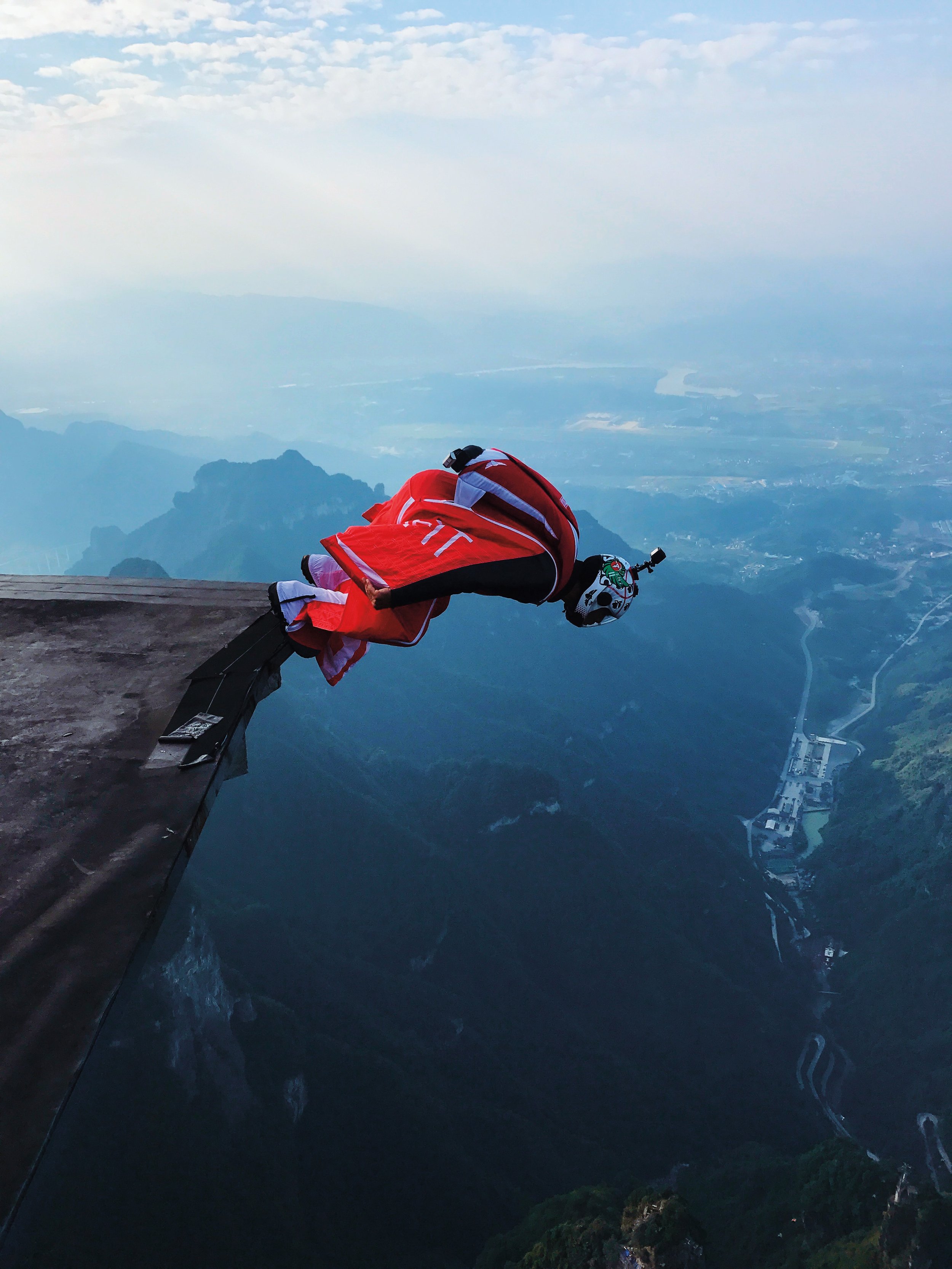
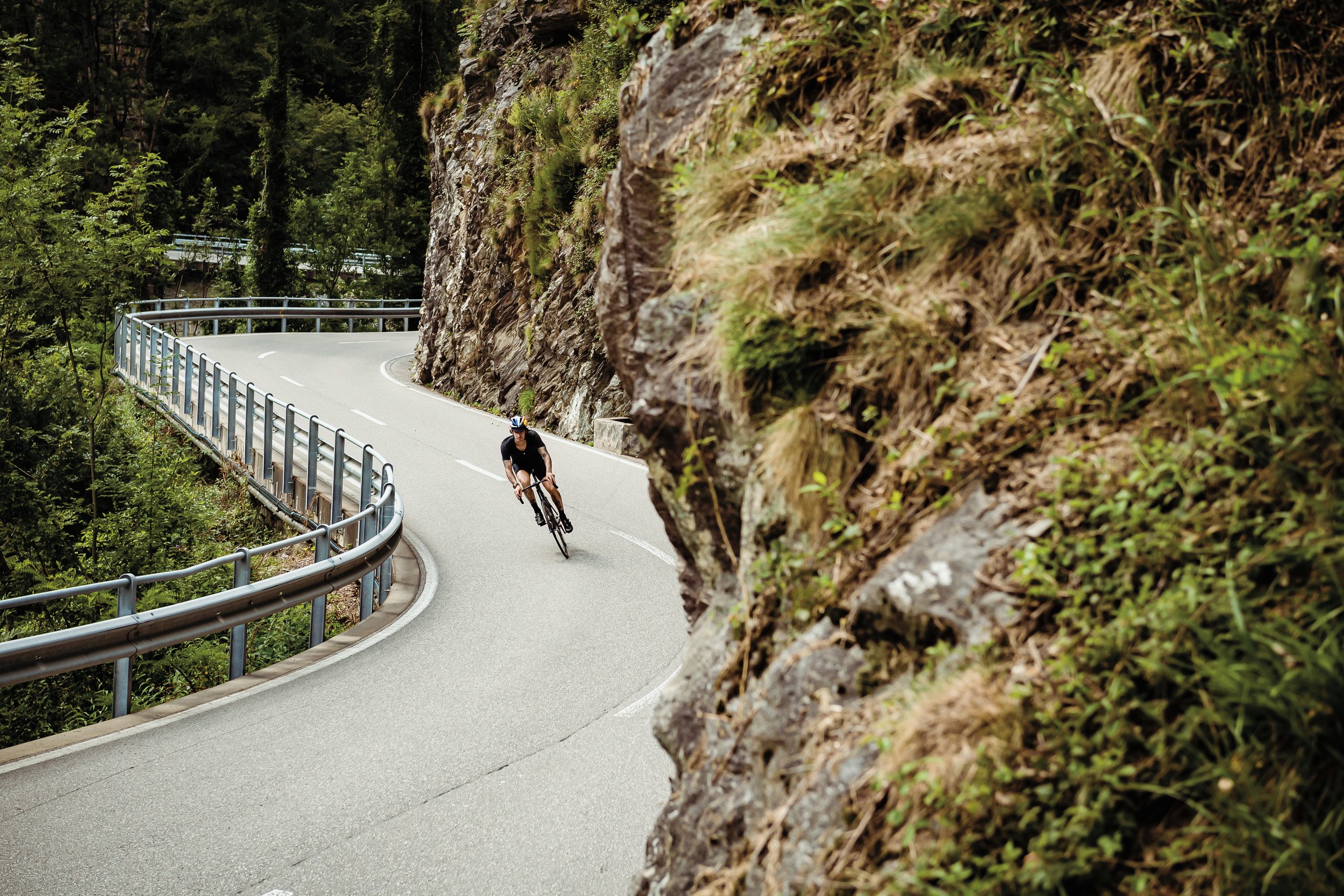
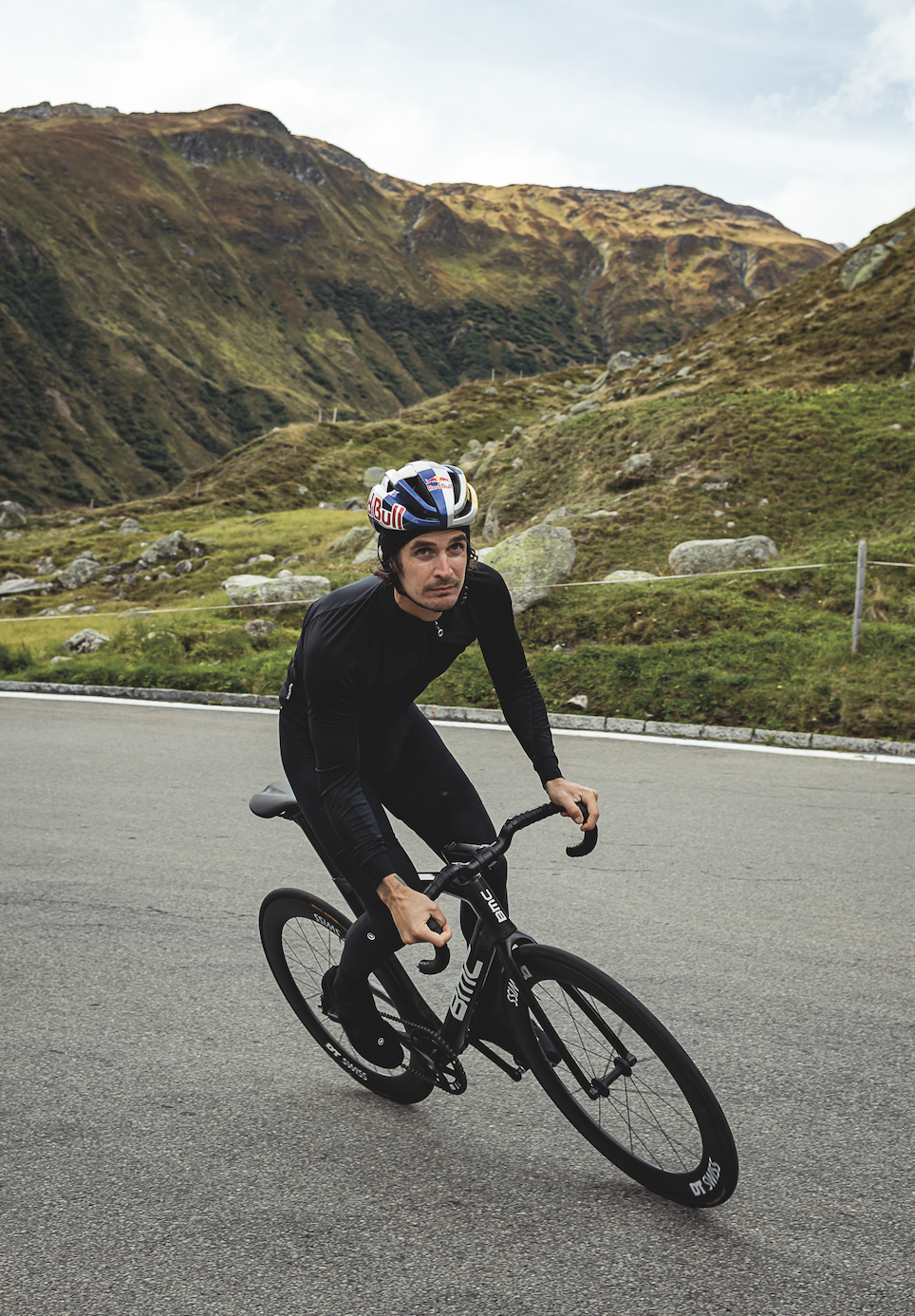
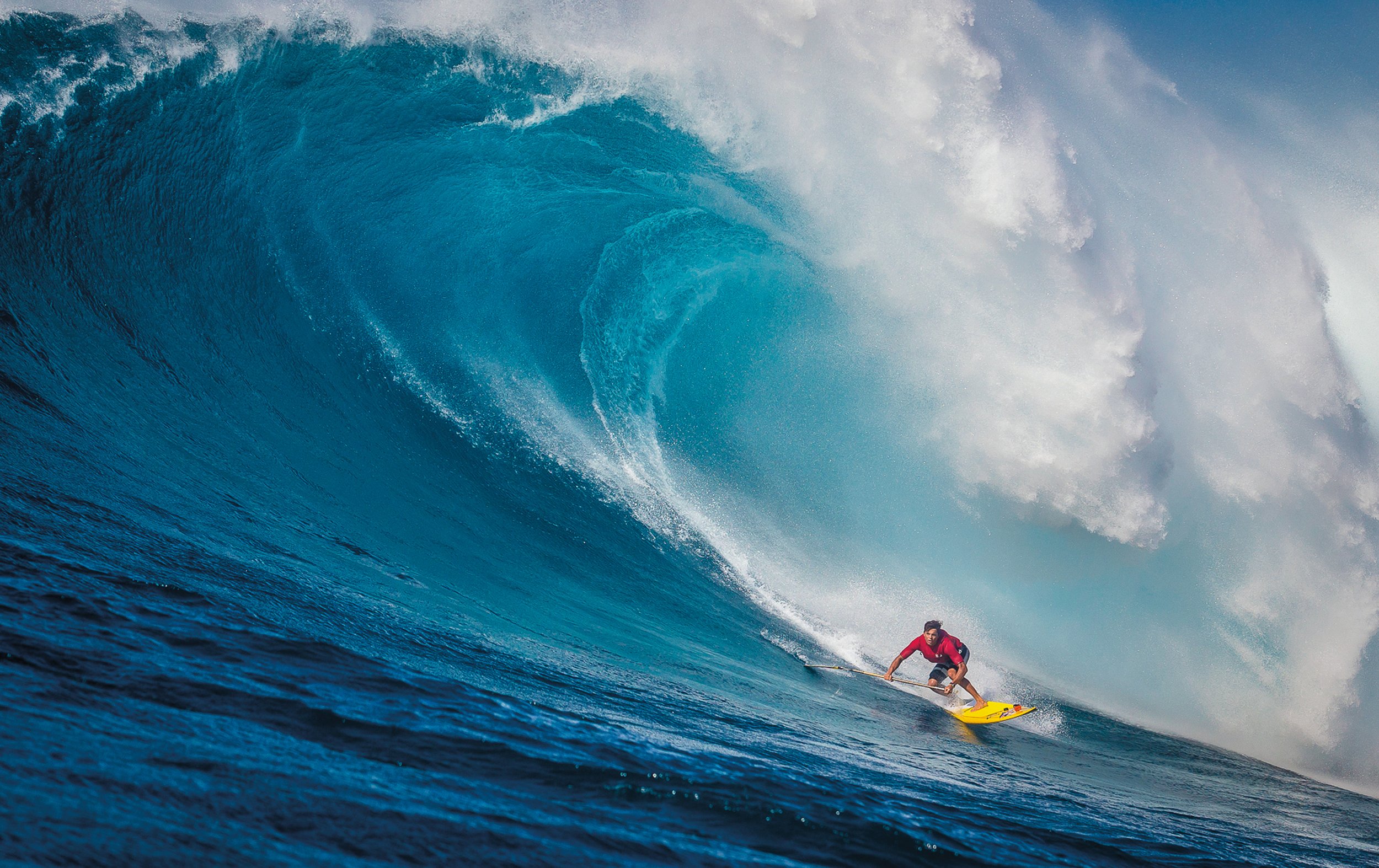
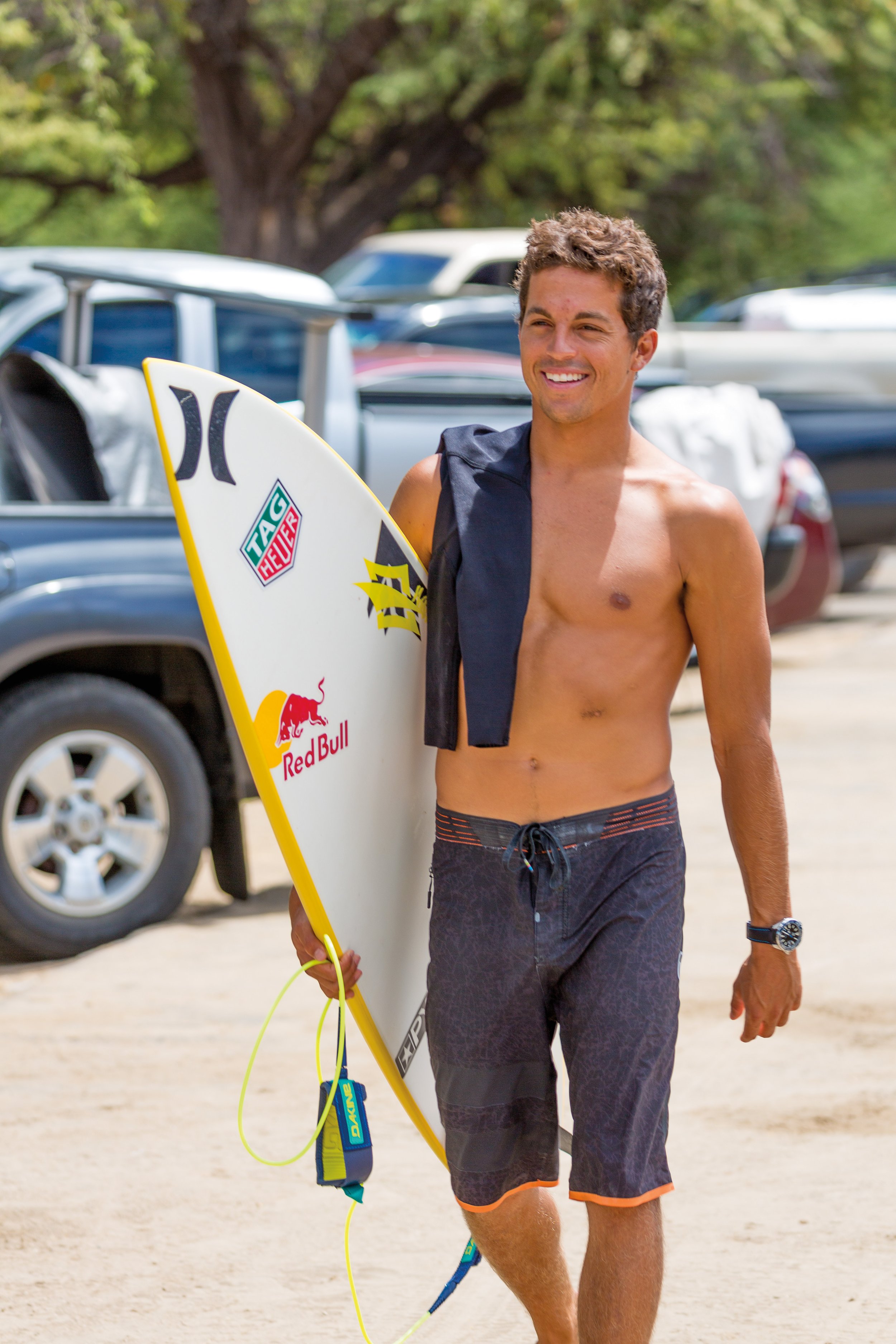


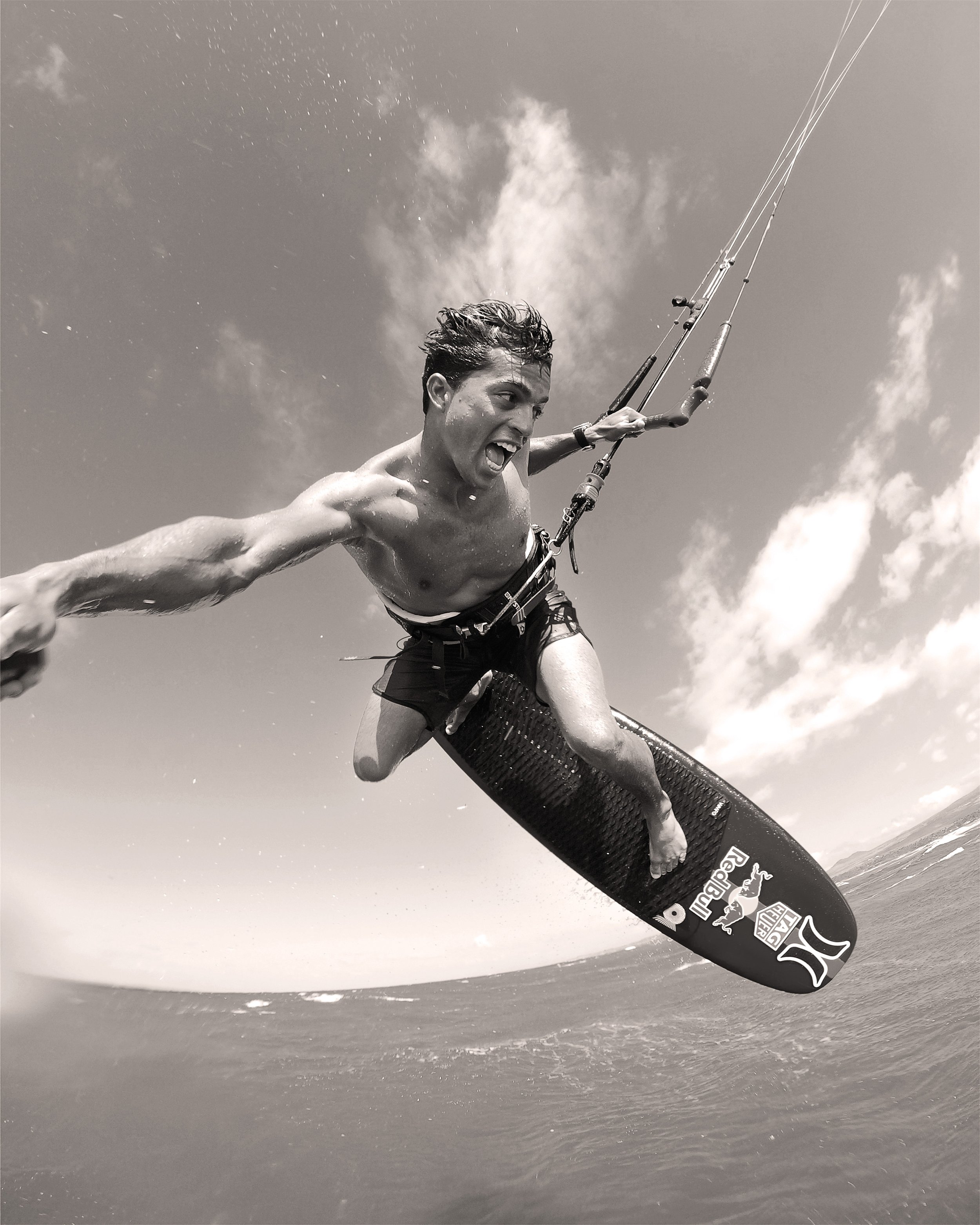
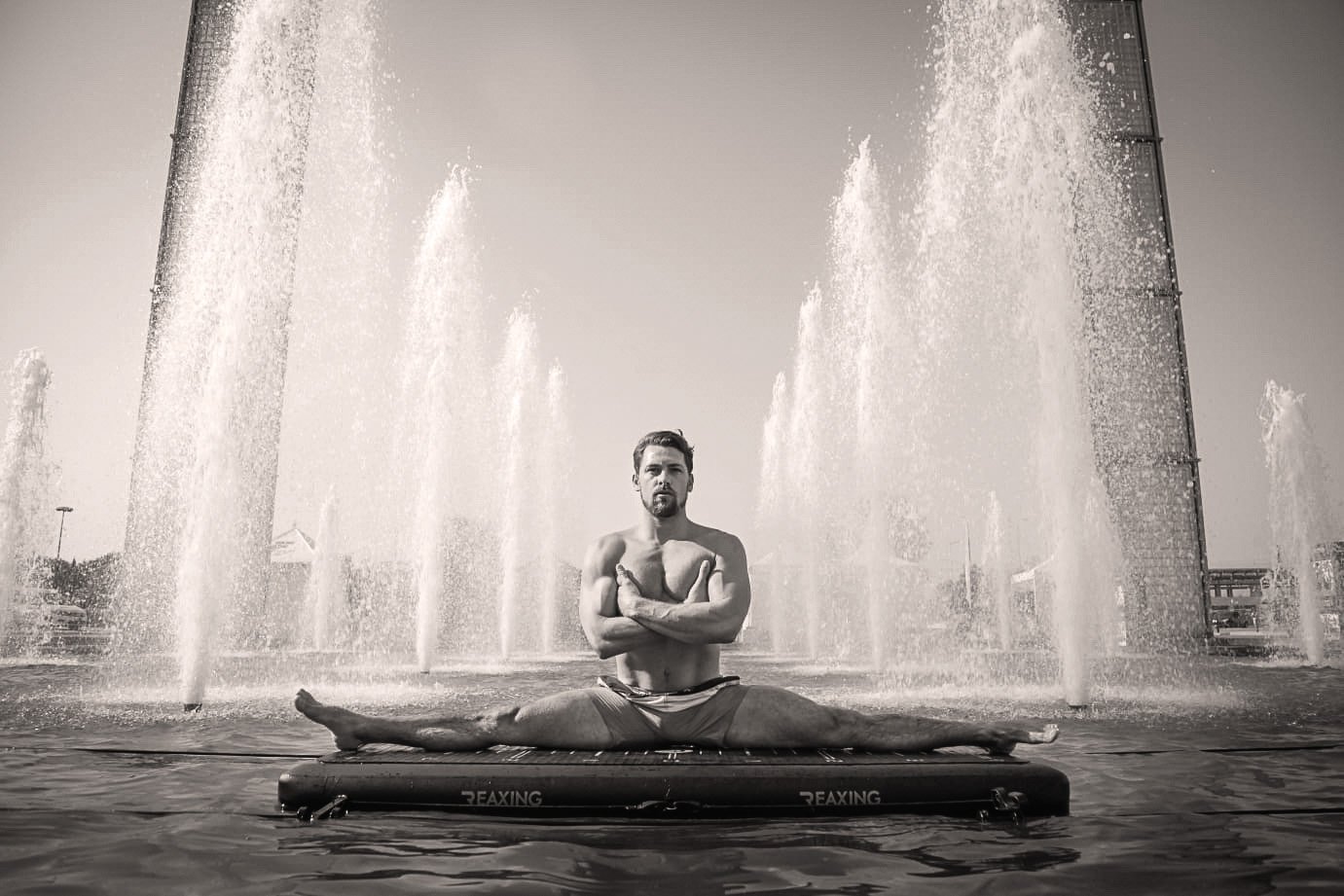
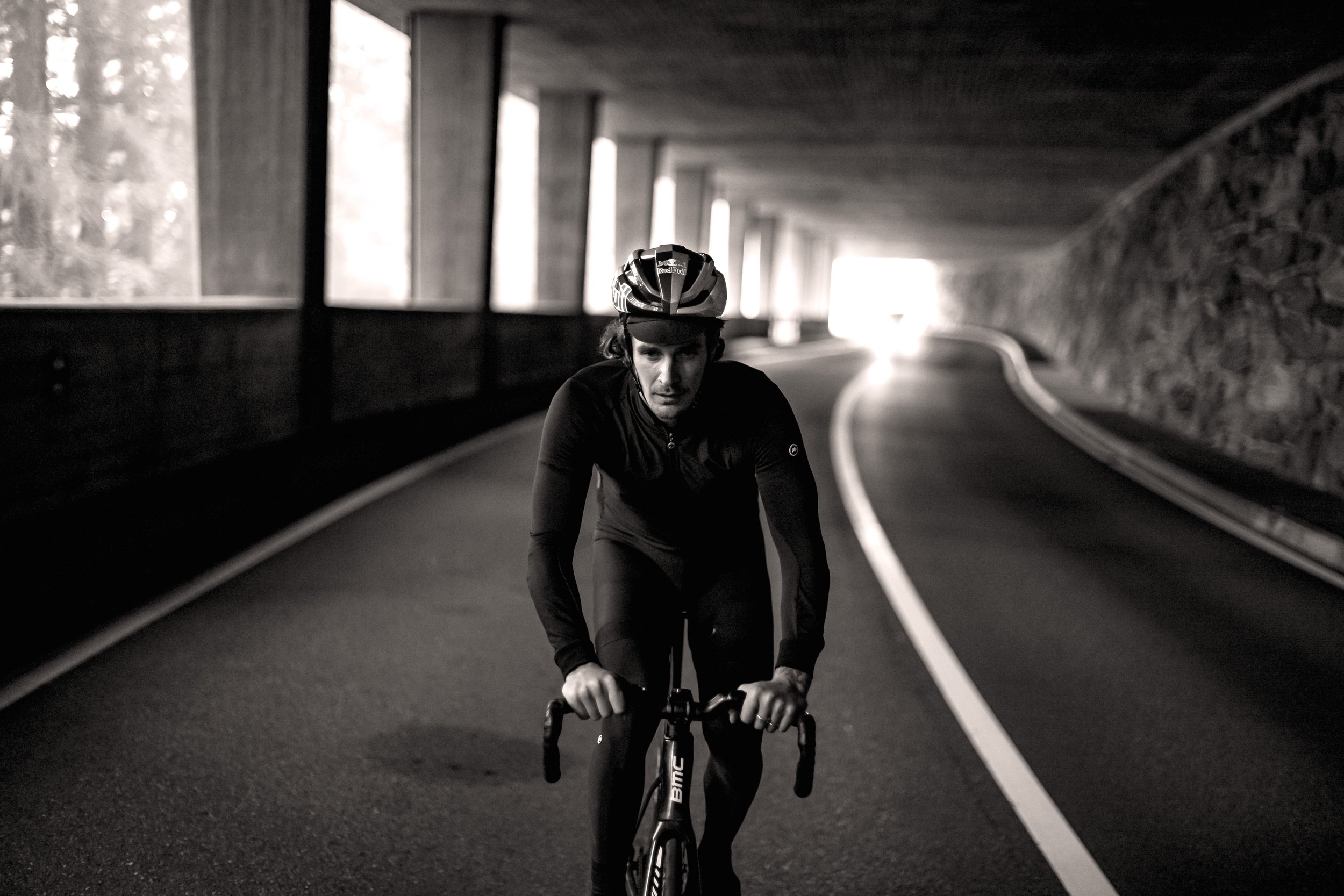
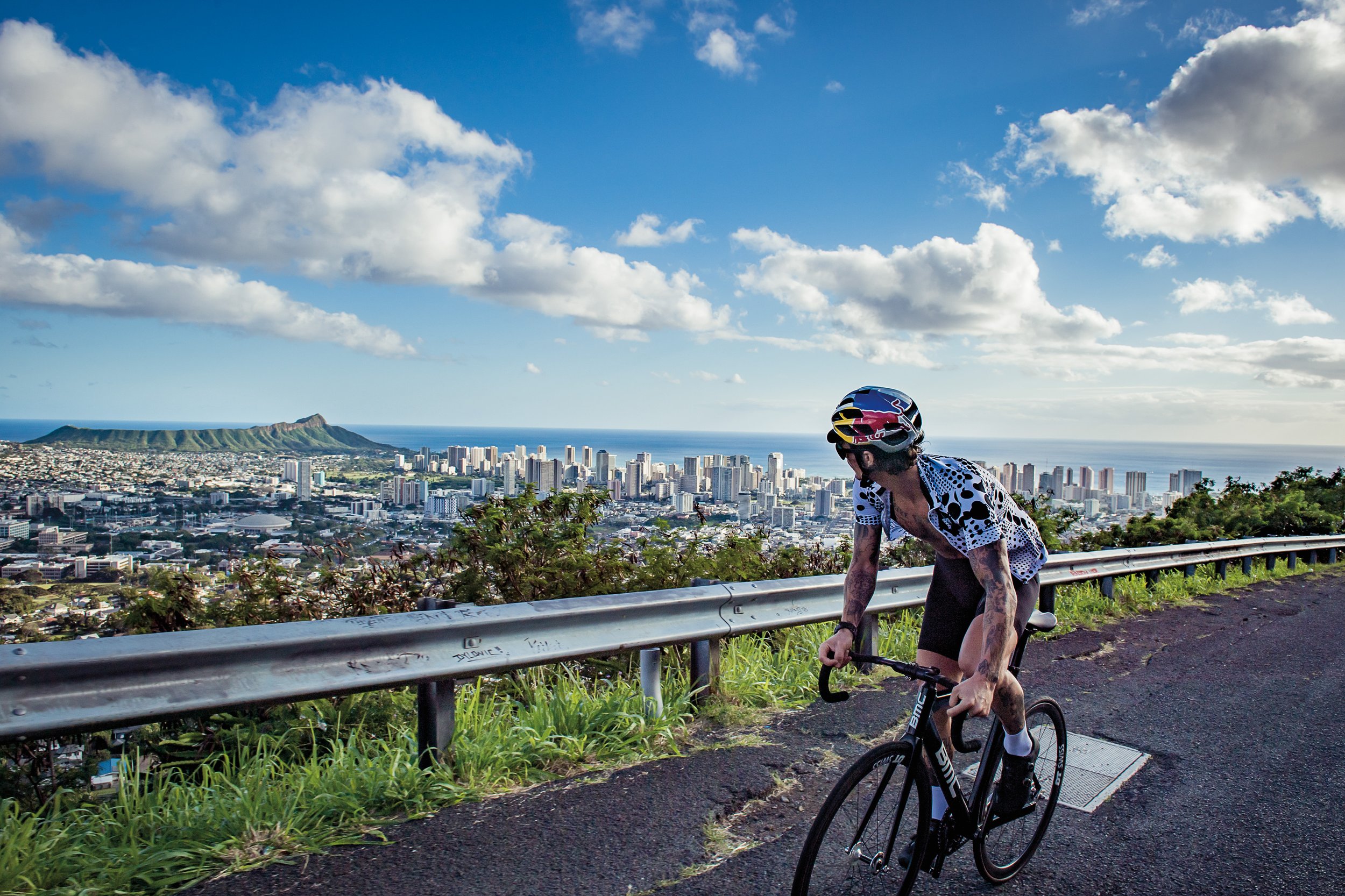
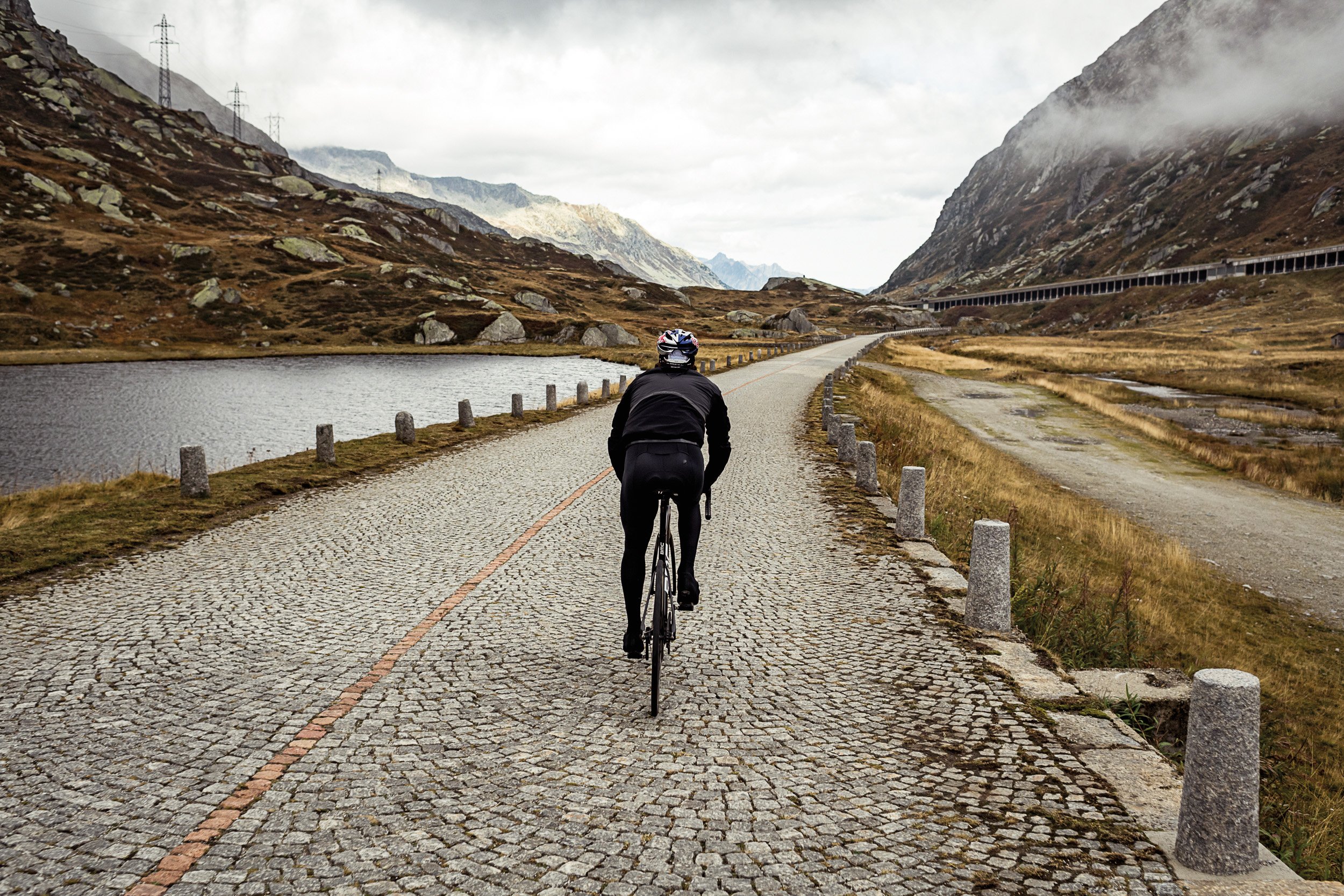
It takes a certain kind of person to willingly throw themselves against nature’s greatest obstacles and come out the other end unscathed. They think about fear in ways we don’t. From literally jumping off cliffs and flying through the air to riding down towering mountains of water and tackling tight mountainside chicanes without brakes, they are of a different breed. But what makes them different from us? What is the reasoning behind their seemingly mad acts of unrelenting courage? Why do they seemingly take joy from walking that tightrope of life and death? Nobody truly understands it but them.
THE SHAPER OF WATER: KAI LENNY
“It’s oddly satisfying knowing that on behalf of the human race, I’m able to experience these things for us,” says Maui local Kai Lenny, who has redefined what surfers can do on big waves. From throwing backflips on 40-foot waves at Pe‘ahi — his homebreak — to pulling into barrels deeper and more critical than many of his peers, Lenny has made it his mission in life to progress and evolve big wave surfing.
Dedicated to the pursuit of riding waves — “it is my unrelenting purpose in life,” — Lenny has found that his multi-disciplinary mastery of wave riding, from foil boarding to kite surfing, body surfing and traditional surfing, has helped him innovate the ways he comes at extra-large surf. “Big waves don’t happen on any given Sunday, so I put myself in big wave scenarios in my head while I’m in smaller conditions, which in turn inspires new ideas and ways to develop boards and equipment,” says Lenny. “I always liked what Brian Keaulana said, ‘Don’t define me by the tools I use, define me by the way I use them.’ And I use them to ride waves.”
When it comes to pushing the limits — doing things no other surfers have tried before — Lenny attributes much of his success to what he calls his “trifecta of progression.” Hitting the gym with “a purpose in mind,” Lenny trains his body to match the equipment he’s riding, from foilboards to fins, kites and big wave boards. From there, he works with his team to design new equipment that asks for more from him — in ability, strength and performance. From there it’s rinse and repeat. The last part of the trifecta? Experience. “Being on the water and going through those experiences, they give you a real clear perspective of what the next step is.”
And for Lenny, the next step is drop- ping in on the biggest ride of his life, fatherhood. The 29-year-old recently had twins with his wife, Molly, and has given him another purpose in life besides chasing waves. “It was like no feeling that I’ve ever had before, looking at my girls. There’s nothing like unconditional love,” says Lenny. “Before them I felt like
I didn’t have a purpose on land, I just had to rest and do what I needed to do to make money so I could be on the water as much as possible. Now with the kids, those rest days with them feel like a day surfing perfect waves. I’m scoring constantly now, it’s kind of euphoric.”
THE AIR APPARENT: NICCOLO PORCELLA
Like a jet, Niccolo Porcella flies down mountains and ravines at breakneck speeds. He banks turns, does barrel rolls and speeds past birds mid-flight. Just the twitch of his finger can cause him to lose his line and make a deadly error. But he’s not going to make that mistake, he’s dedicated his entire life to making the impossible look easy. “My whole life has shaped me to be at that point right then and there.”
Growing up on Maui and the Italian island Sardinia, Porcella found success in big wave surfing and kite surfing be- fore finding a video of wingsuit flying while healing from a wrist injury in the hospital. Immediately, he knew that’s what he wanted to do. “It’s so pure, it’s so beautiful. I went from seeing the coast- lines to seeing the mountains and fell in love with those views. It opened my eyes to the horizon,” says Porcella, who slowly eased up on his water-based activities to fully devote himself to wing suiting.
The sport is, however, incredibly dangerous. There’s roughly one death or serious injury in every 500 jumps made by wing suiters, and it’s widely considered to be one of the most lethal extreme sports out there. “I can’t even count how many friends I’ve lost, close ones have been five,” says Porcella. “It’s been over 20 or 30 people that I’ve met that are now gone.” So how does an athlete like Porcella cope with such stress? Preparation and risk management.
“In wingsuit flying and wingsuit base jumping, you have to adopt a wholly different mindset compared to surfing, where you have to disregard your safety and ‘send it’ to see what happens,” says Porcella. “In wingsuit flying, you want to put in the time and build up your muscle memory and that understanding of what you’re doing to the utmost degree, so when you’re doing it in base jumping and taking that massive, massive risk, you’re confident enough to know you won’t put yourself in a bad place.”
THE EASY RIDER: PATRICK SEABASE
Imagine biking down Swiss asphalt going faster than most cars, weaving through turns and curves at speeds not meant for the faint of heart. Now imagine doing all of that on a bike with one gear, and no brakes. This is what life is like for Patrick Seabase, a 38-year-old cyclist who hails from the town of Bern, Switzerland but spends ample time on O‘ahu with wife Allison when he’s not pedal pushing. Riding a fixie — a fixed- gear bicycle — Seabase has attempted, and succeeded, grueling mountain climbs and perilous descents on a bike with only one speed in mind: fast. “Trying to stay cool in heated situations is my daily bread,” says Seabase.
In extreme sports, equipment and the advancement of technology have made an impact like no other in terms of what athletes can do, physically, in their sports. The fixie, however, is a rebellion in itself to that advancement. “No cables, no brake levers or brake calipers. It’s the purest, most minimalistic bike in my opinion,” says Seabase. “Once I started riding this graceful machine, it motivated me to push it — and myself — further.”
Already conquering incredible rides all on his fixie, such as the legendary first Pyrenees stage of the Tour de France and a nonstop tour of some of his favorite Swiss passes, Seabase is a living example that even in these extreme sports, it’s the human spirit that plays the biggest role in making these people do the things they do. Without that, there’d be no drive for them to push themselves to their absolute limits, showing the rest of us what can be done if you can conquer your fears and find purpose in your pursuit.
